FENICE
Functional carbon dots for ENhancing tomato production In a Circular Economy scheme
The agricultural sector is going to face enormous challenges in order to feed the 9.6 billion people that are going to inhabit the planet by 2050.1 This goal has to be achieved in spite of limited availability of arable lands, of increasing need for irrigation water (agriculture consumes 70% of the world’s fresh water supply) and of the concomitant, severe impact of climate change.
Water plays an important role, due to its use for most human activities and for agriculture in particular. Drought hampers crop production and food security, alters the photosynthetic efficiency and the nutrients uptake, and largely affects the plants efficiency in water use. In this scenario, circular economy presents unique opportunities to help tackling the climate crisis, since it offers an approach that is not only powered by renewable energy, but also transforms the way products are designed and used. More specifically, circular agronomy aims at optimizing the use of key-resources in agriculture, such as soil and water consumption. Here, sustainable use of most advanced nanotechnologies is expected to play a key role. Smart materials, innovative device architectures and digital technologies hold the potential to meet growing global demand for food, while ensuring the sustainability of primary production. However, their use for the monitoring and the improvement of plants functions is still in its infancy. In this scenario, FENICE originally combines the concepts of circular agronomy and circular chemistry, by proposing the use of environmentally sustainable nanomaterials for increasing plants yields and reducing overall water consumption.
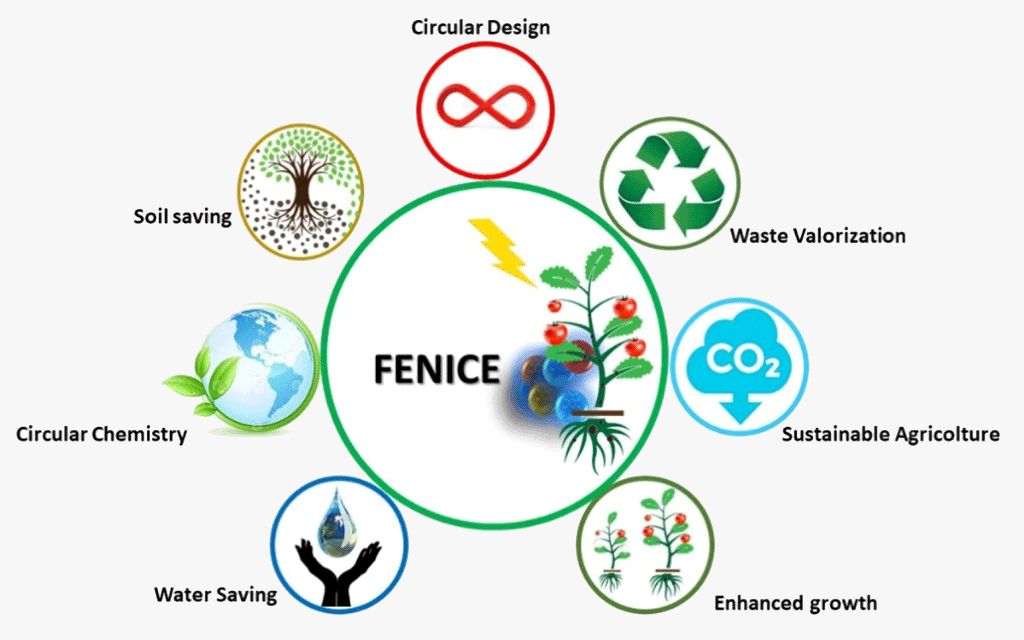
FENICE will combine carbon-based, biocompatible nanomaterials (e.g., carbon dots, CDs), obtained from vegetal wastes, with the most advanced bio-hybrid devices technologies, to both finely modulate and sense plants physiological processes and to optimize their water and nutrients adsorption. CDs will be synthesized from citric acid via agriculture wastes biofermentation, according to a circular chemistry approach, and they will be designed to maximize their photo electrochemical (PEC) properties and functional interaction, upon photoexcitation, with vegetal cell models. Based on ad hoc functionalization, CDs will provide a novel tool for precision farming, able to finely and locally control, in a touchless and biocompatible way, plant photosynthesis efficiency, adsorption of nutrients, growth processes and water/gas exchanges, through modulation of stomata apertures. Non toxic, biodegradable CDs will be delivered to the plant model system either by spray deposition or by adsorption from roots. Finally, FENICE will couple the CD-based photoactuator system with an innovative sensing device for in vivo, real time monitoring and optimization of water consumption (bioristor). The combined system will allow for increased plant resistance to drought stress, growth enhancement and in the end for a sizable reduction of water consumption. Targeted decrease amounts at -30%.
Coordinator: Maria Rosa Antognazza, Fondazione Istituto Italiano di Tecnologia, Researcher

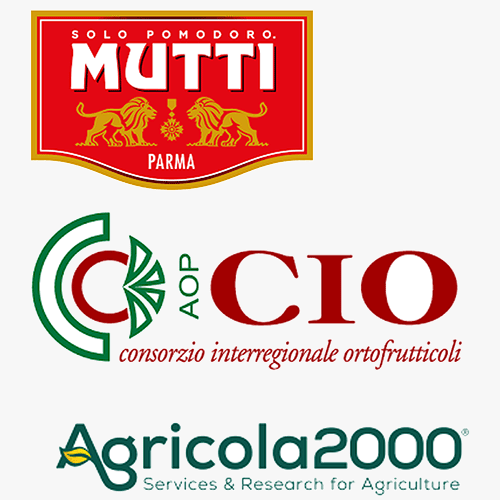
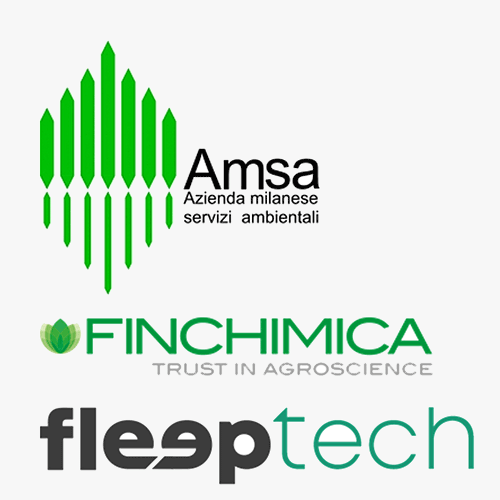
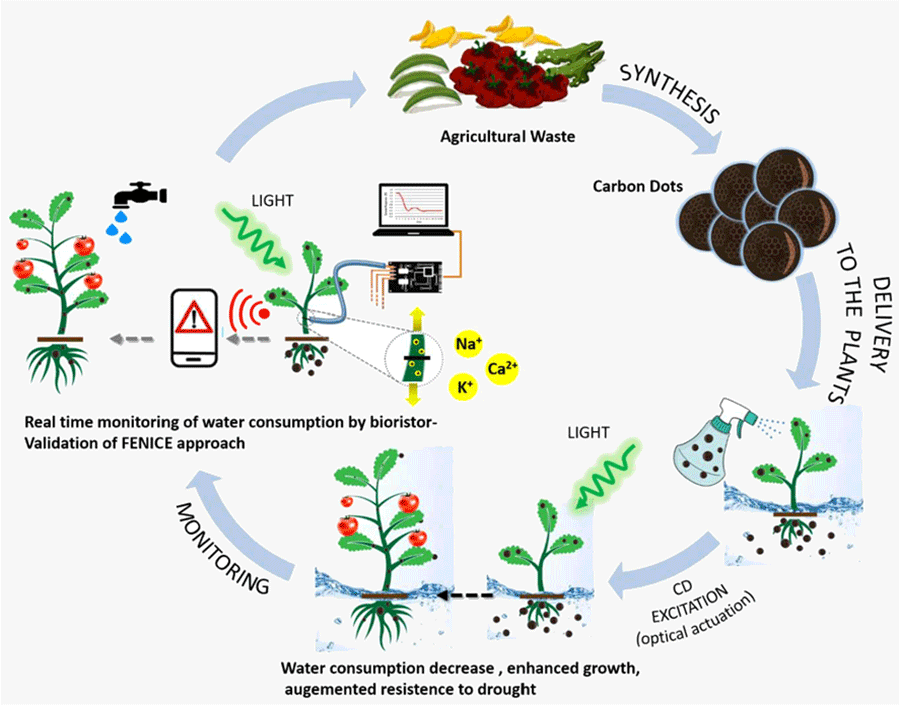
- Synthesis
- Physical and biological characterization
- Delivery to plants
- Monitoring through bioristor
Biological Questions
- Effects of CDs on plant growth in different growing phases
- Is there an effect on the effects of CDs according to the concentration use?
- Is plant growth promoted by FENICE CDs?
GERMINATION in Plates
Effects of Three Carbon Dots S
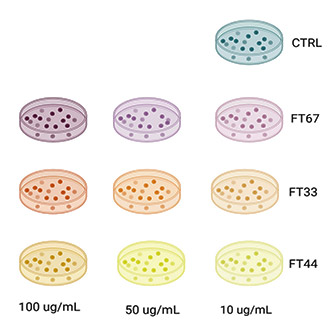
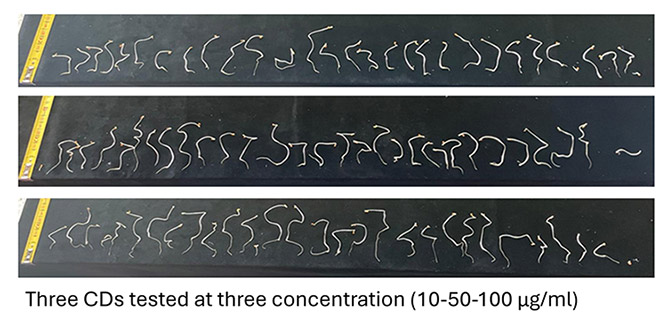
Hydroponic : cotyledon stage
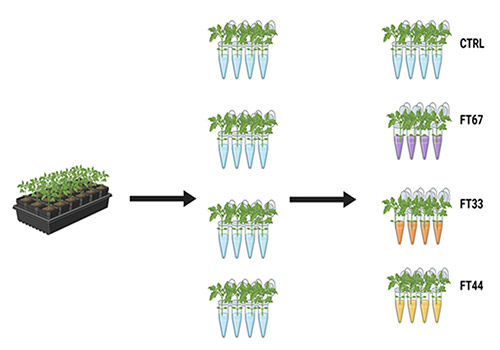
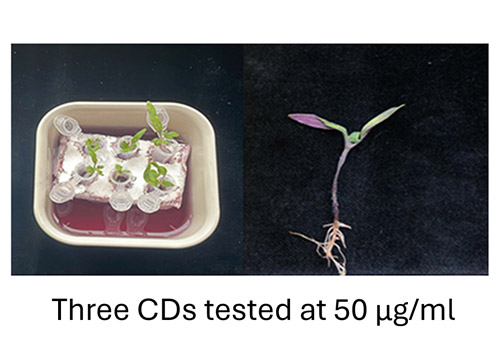
Hydroponics: adult plant
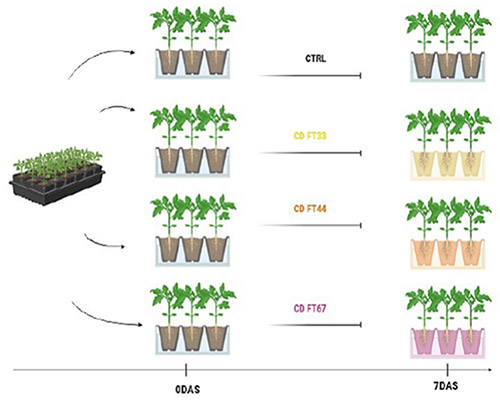
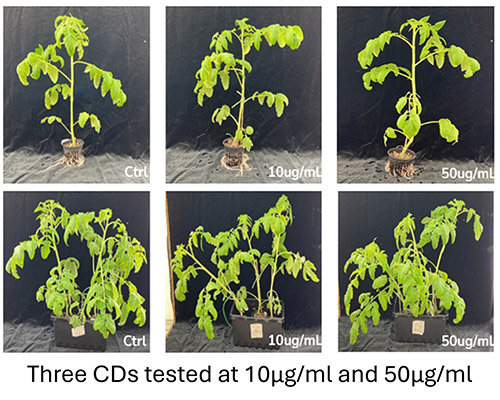
Delivery to plants and monitoring through bioristor
Plant sprayed with Cds 33-44-67 at 50µg/ml, one bioristor per plant inserted in the plant stem. two different lighting conditions: green and white. Continuous monitoring for 13 days.
Drought stress imposition
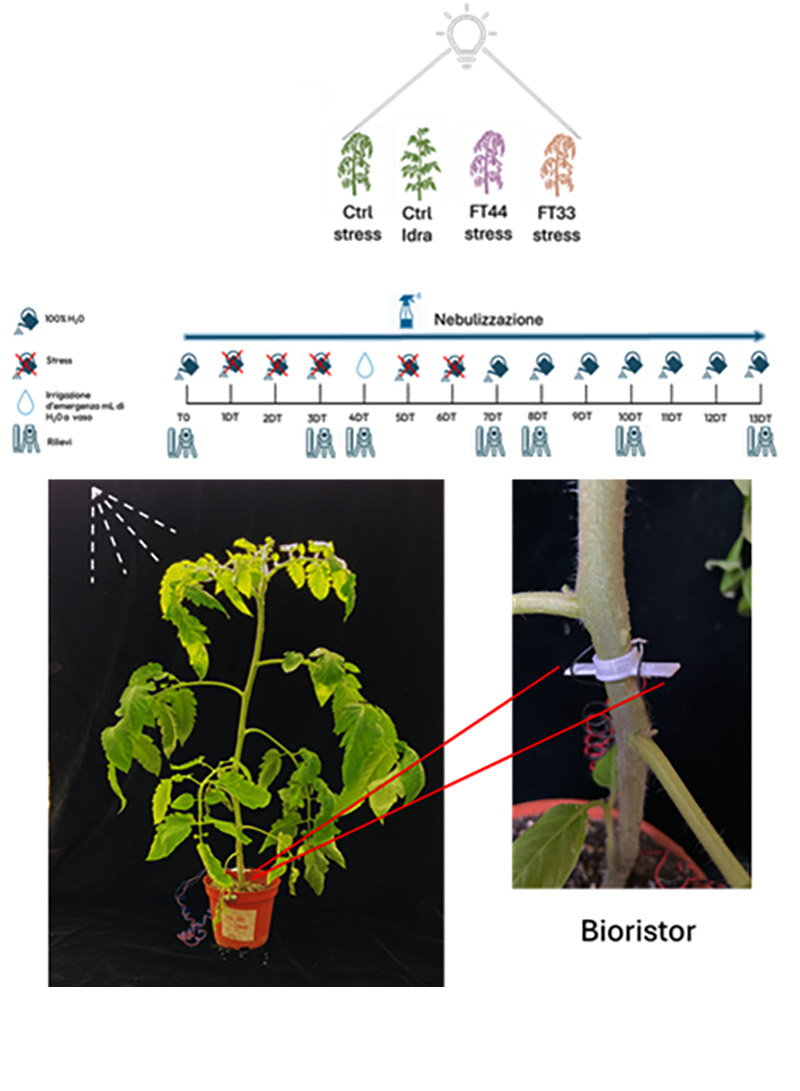
Dissemination
Outreach activities at the Researchers' Night on 27 September 2024 in Milan
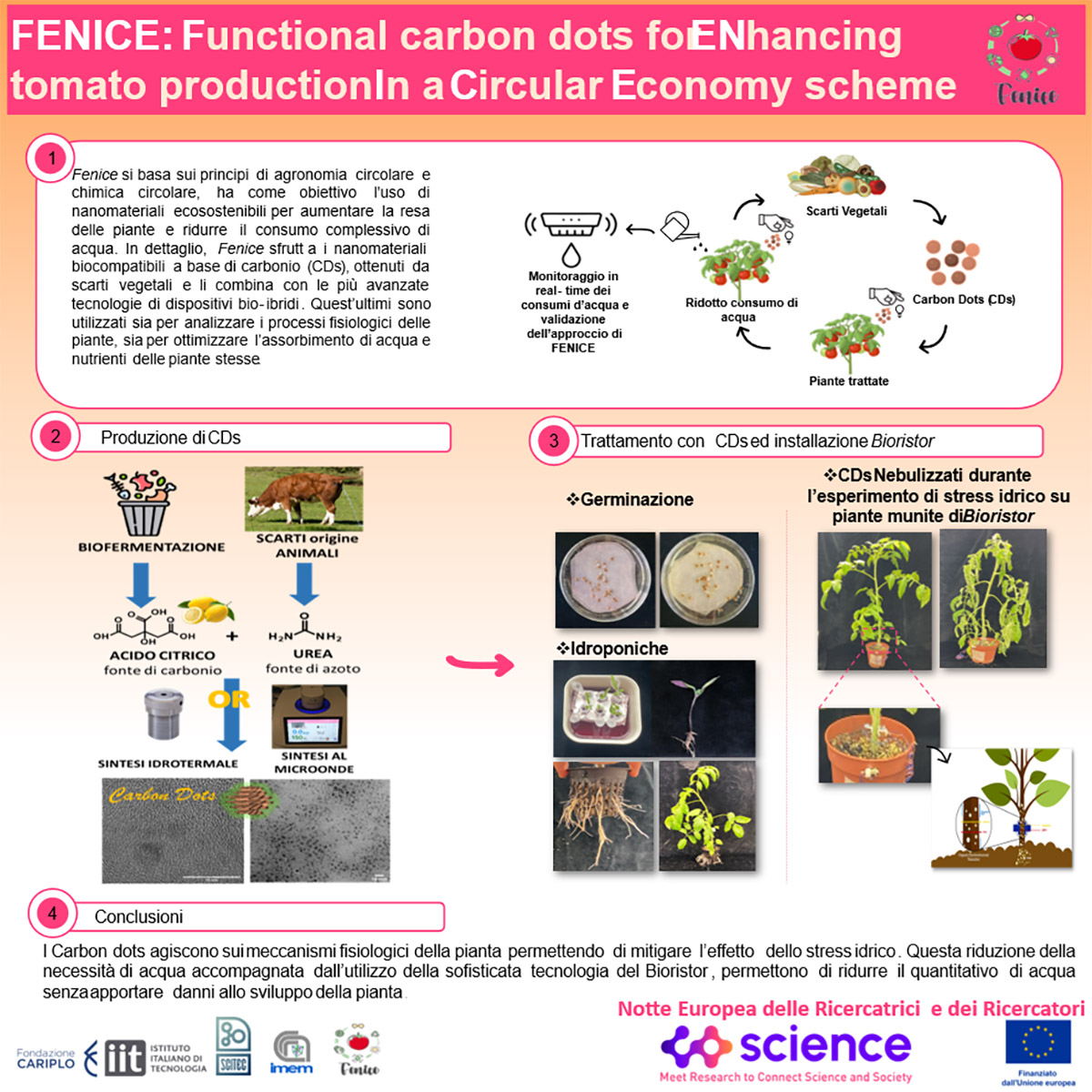
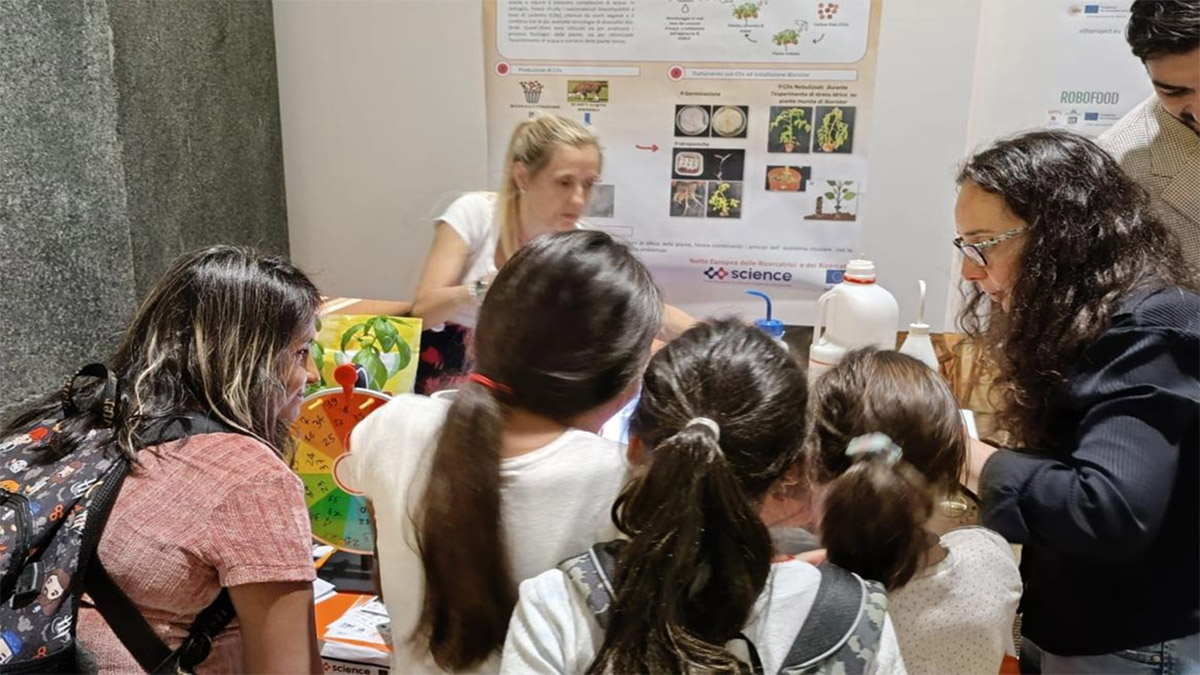
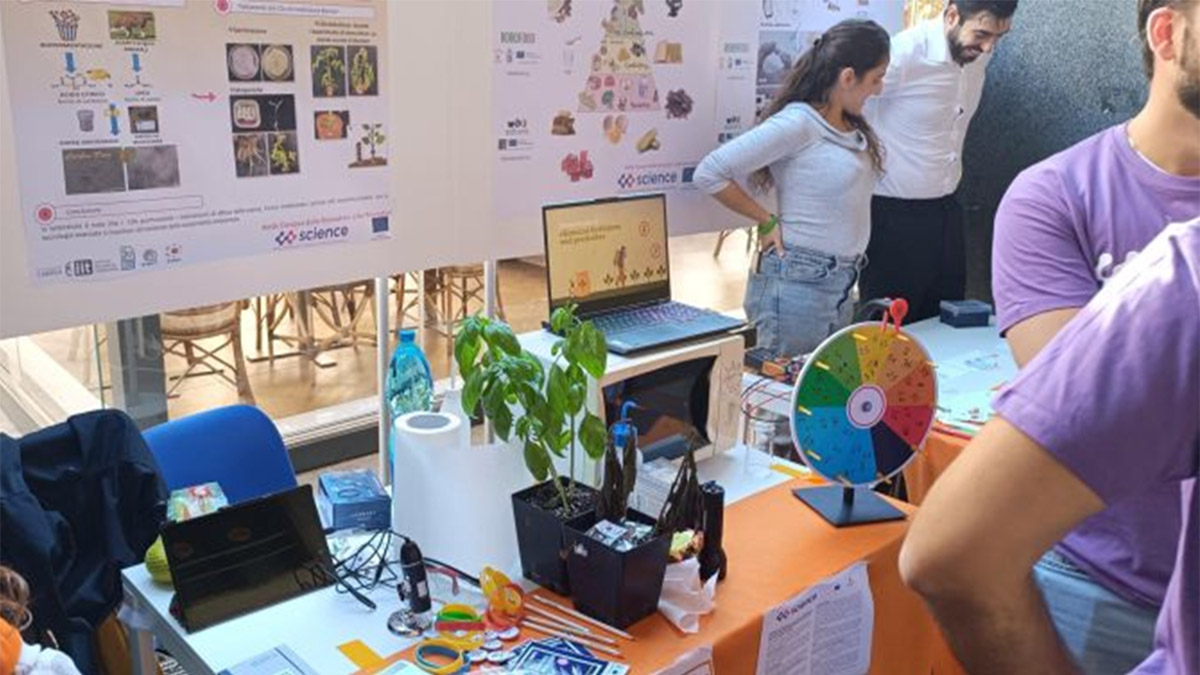
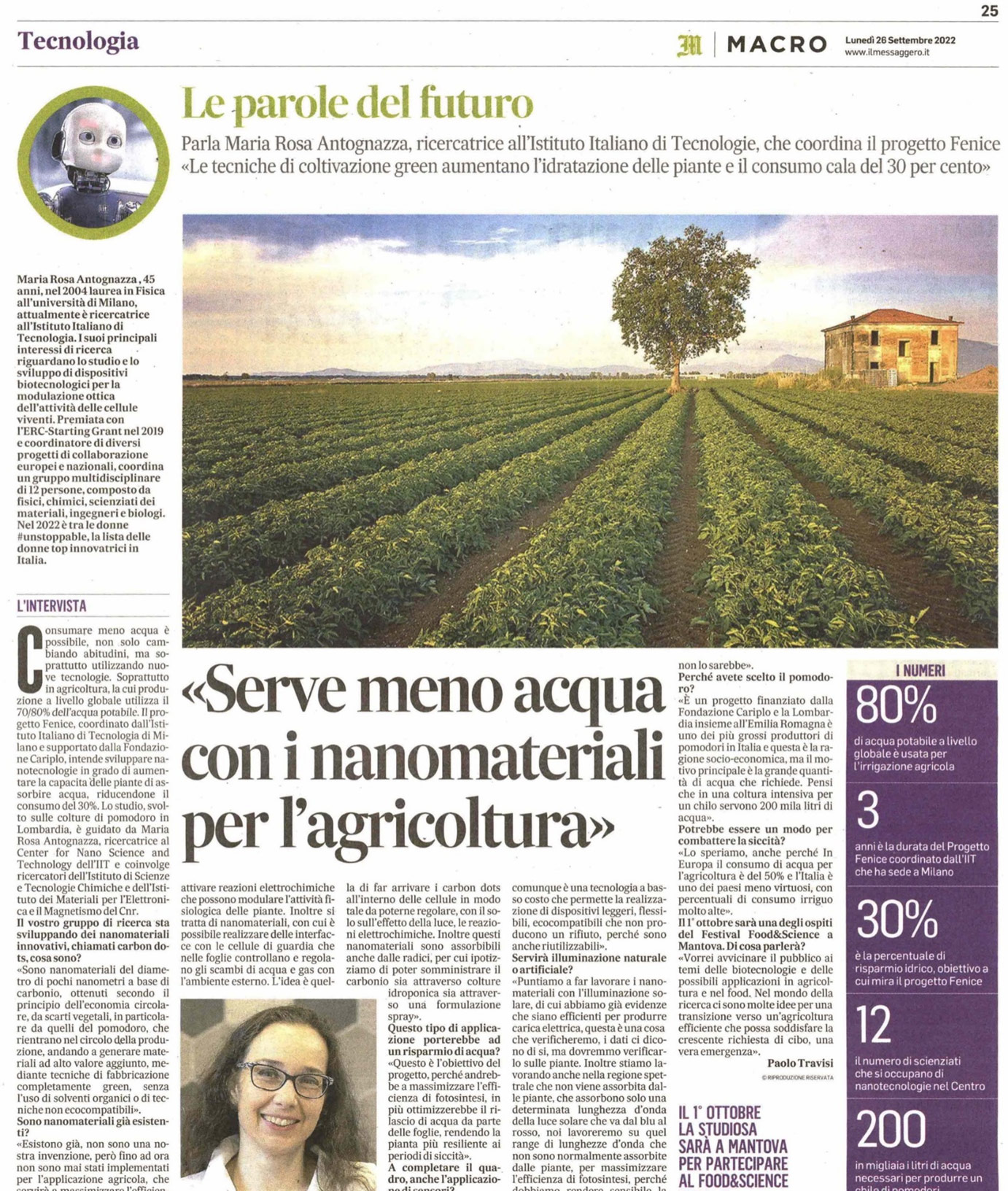
Follow our latest updates on LinkedIn









